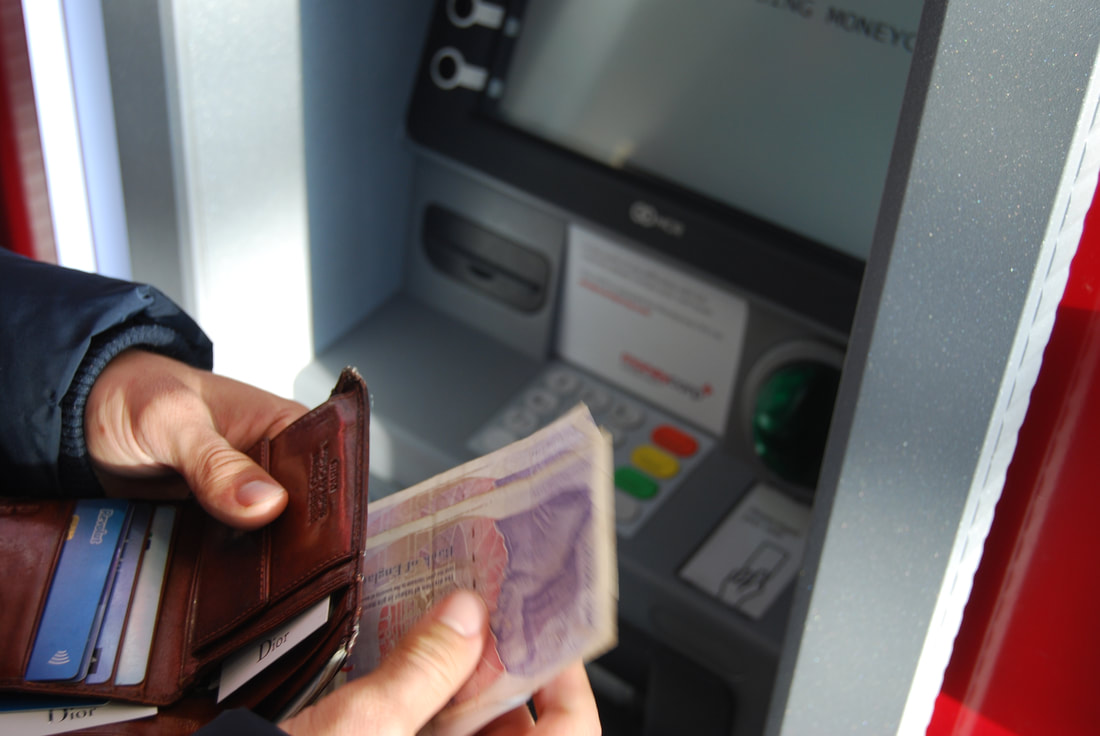The Italian government is now examining ways to incentivise the use of traceable means of payment (bancomat, money transfers (bonifico) and credit cards), and increase their usage as has already been done in many other European countries. In order to do this they are looking at implementing a monetary incentive attached to the rate of IVA (VAT) in the way of a discount. This would be applied to products and services or imposed through penalties on high levels of cash withdrawals.
To use an example, imagine you go out for a nice dinner and pay with a credit card or bancomat, the IVA would be reduced by 2 or 3%, so 8%, whereas if you go to the same place and pay in cash you end up paying with an IVA at 10%. It may not seem like a large difference, but this rate would be applied to every transaction.


Why would a country implement a cash limit?
As of July 1st 2020, the cash limit in Italy went from the previous Euros 3,000 to Euros 2,000. The new law was approved within a larger package of measures aimed at contrasting tax evasion and money laundering. Discouraging the use of cash payments in favor of electronic payments has always been one of the means of fighting against the “informal” economy—sometimes called black market economy, but not quite—that is: people who work “under-the-table” so to speak, or “in nero” in Italian.
Banks will have to report balances regularly to the authorities. The Italian Revenue Agency, as such, has acquired a further power: the ability to access the full details of taxpayers’ bank accounts should the need arise.
So, what is the new cash limit in Italy now?
More precisely, the new provision introduced a new threshold to the cash limit of €1,999.99 until the end of 2021 and another threshold who will limit the use of cash above €999.99 in 2022.
The new cash limit will be applicable to any money transfer, thus including donations and any kind of loan, even those among family members. Whoever wishes to transfer money above the cash limit will have to do it through a bank money transfer or with cheques.
The transfer above the limit, whatever the cause or the title, is prohibited even when it is made with multiple payments, below the threshold, which appear artificially divided to elude the limit. It’s safe to say that transactions are becoming more strictly controlled.


Will it really affect me?
If you’re looking forward to the cashless future, it’s unlikely you’ll have anything to worry about. But for those clinging to the old ways these new reforms should make the Italian government’s intentions crystal clear with respect to black market transactions.
Want to read more? Check out our articles about contract work in Italy, how to pay taxes in Italy, and our guide for retiring in Italy.
Are you searching an accountant in Italy? Write to us.





I deeply appreciate the insightful content shared here. It has been incredibly useful and has positively impacted my understanding of the subject. Thank you for your dedication.
Thanks for sharing. I read many of your blog posts, cool, your blog is very good.